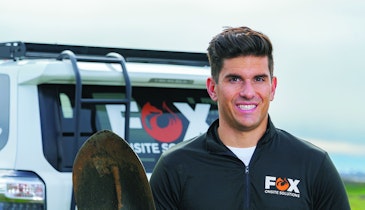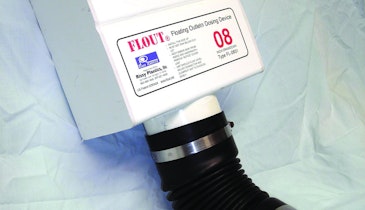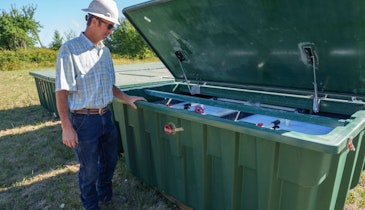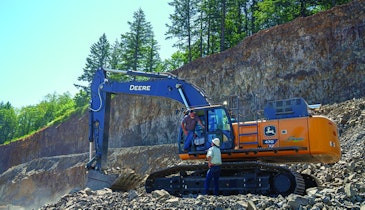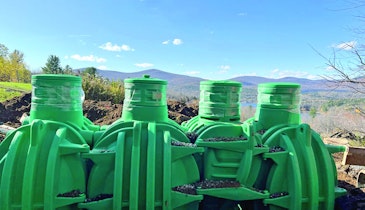Oh, the humble septic tank lid. Installers, contractors, and maintenance specialists work with them daily, but how much do we know about that lid — and why it should be important to our industry and clients?
“Safe and secure septic tank lids allow for easier septic tank and system maintenance, which helps the owner save costs while operating a safe system,” says Cory Lyon, product management director for Orenco Systems Inc., innovators in the septic system marketplace.
Here, we take a closer look at the role a lid plays in residential neighborhood sewer systems, along with onsite safety practices and information to share with your customers.
LIDS 101
To start, let’s talk basics. A septic tank lid covers the hole that provides access to the inside of the tank for routine maintenance and pumping. The type of septic tank riser will dictate what type of lid is used.
“First and foremost, the septic tank lid is a primary barrier between something or someone falling into a tank,” Lyon says. “It also prevents unwanted water or debris from entering the system.”
Tank lids can be made from fiberglass, plastic, concrete and more. Some materials are stronger and last longer than others — and some break down and need to be replaced.
“To maintain a good connection and stand up to the weather and impacts it may see in someone’s yard, a lid needs to be made out of materials that are not only strong but are less likely to break when impacted and not become brittle when subjected to the weather,” Lyon says. “Modern composites like fiberglass do a good job of both those things when designed correctly.”
Other enemies of aboveground tank lid integrity are UV rays, outdoor elements, and people driving vehicles over them, Lyon adds.
General Safety Practices
Though reputable service providers know basic safety practices surrounding septic tank lids, let’s review them. The South Carolina Department of Health and Environmental Control provides a succinct summary on its website:
1. Never work alone around a septic tank.
2. Do not smoke or ignite flames at or near a septic tank.
3. Be sure the tank and its access ports have sound and secure lids that do not risk collapse.
4. Make sure the lid is secured with bolts so that children or animals cannot remove or nudge it aside. Consider doubling the lid’s protection with a secondary safety barrier.
5. Beware of old, collapsing septic systems.
6. Watch for electrical hazards.
7. Rope off and mark dangerous sites.
8. Be alert for unsanitary conditions.
9. Do not drive over a tank, lid, or piping.
10. When inspecting the tank, wear appropriate PPE and wash hands thoroughly when done.
If your clients choose to perform routine maintenance on their septic tanks, discuss these safety practices with them as many homeowners do not realize the hazards involved.
A Shiny New Lid, And More!
So, why should you worry about lids – and make sure your clients understand them too? A strong, well-secured lid with secondary protection of a safety barrier like Orenco’s Tank Shield, will protect yourself, protect your crew, and your clients.
Orenco designs and builds the world’s best decentralized wastewater systems with pride in Southern Oregon. Their products help protect people, neighborhoods, and communities everywhere by protecting the world’s water. Founded in 1981, Orenco has become an industry leader, with nearly 500 employees and some 330 points of distribution in North and Central America, Australasia, Europe and Africa. Their systems have been installed in more than 70 countries around the world.
800-348-9843 | info@orenco.com | www.orenco.com
